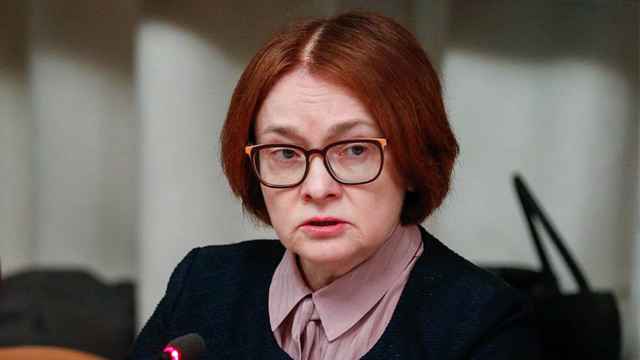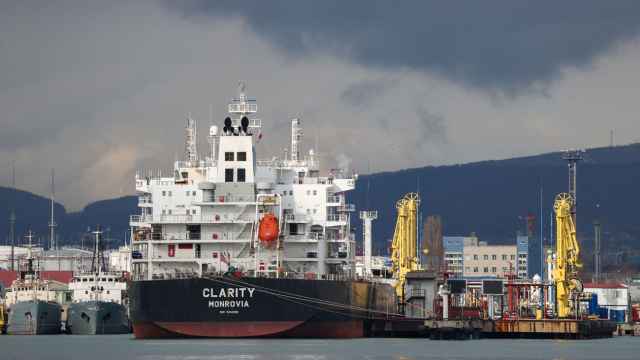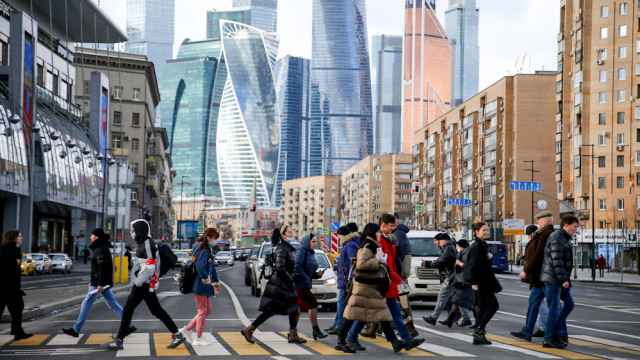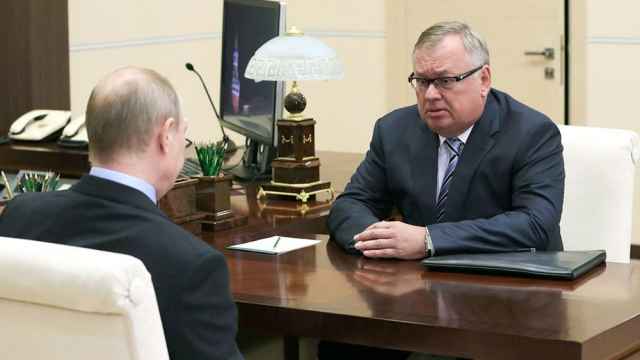Russia's foreign direct investment (FDI) has fallen to its lowest level in 15 years, with the total volume having decreased to $235 billion by October 2024, according to data from the Russian Central Bank, Ukrainska Pravda reported Saturday.
Pre-war Russia was attracting nearly $500 billion of FDI a year, which was still a low result compared to other emerging markets.
In the first three quarters of 2024, foreign investors withdrew an additional $44 billion from Russia's real economy, following losses of $80 billion in 2023 and $138 billion in 2022.
FDI had already stopped before the war. Russia received almost zero foreign direct investment (FDI) in the first quarter of 2020, dropping from $10.3 billion in the same period of the year before, bne IntelliNews previously reported.
Much of the fall is related to the exit or winding down of operations of Western firms, especially in automotive and retail, following the imposition of punishing sanctions in 2022.
One of the quirks of Russian national accounts is reinvestment of profits by foreign companies working in Russia is counted as FDI, whereas in other countries it is not, thus boosting Russia’s FDI numbers. True FDI into Russia is much lower.
FDI by companies from so-called friendly countries has also been falling, as fears of being hit by secondary sanctions rise. Russia received $19.7 billion, or roughly 24% of its FDI, from Chinese entities in 2023 but investment levels fell in 2024.
Surprisingly, a bne IntelliNews deep dive into inbound FDI into Russia from 2019 found that the U.S. has been by far the largest direct investor in Russia, even though the U.S. plays only a small role in the Central Bank’s official figures on the origin of FDI cash.
The problem is that the Central Bank assigns the origin of the investment to the country from which FDI arrives in Russia, the last step, and not the place from which the investment capital started its journey, the first step. As U.S. investors overwhelmingly pass their capital through multiple jurisdictions on the way to Russia, such as Cyprus or London, little of their capital is identified as “American.”
Despite President Vladimir Putin's calls for "maximum openness" to BRICS investors, the anticipated influx of capital has not materialized. Notably, China, Russia's largest trading partner, has prohibited its companies from investing in Russia's oil and gas sector, declined participation in the Power of Siberia 2 gas pipeline project and advised automotive firms against establishing factories in Russia.
Wrong type of growth
The lack of FDI and directing all of Russia’s internal investment into the military-industrial complex and not civilian production will cause long-term problems for Russia as it struggles to find new sources of investment capital. Prime Minister Mikhail Mishustin met Putin on Friday to report on progress in developing the economy and said that Russia had ended 2024 with a better-than-expected 4.1% growth.
However, he also reported that as part of the Central Bank’s efforts to bring down sticky inflation that was 9.5% at the end of last year, the regulator had stamped on both corporate and retail lending that were both falling at the end of 2024 thanks to non-monetary policy methods adopted by the Central Bank to cool the economy, and this would “temporarily slow growth” in 2025.
Ironically, Russia is seeing an internal investment for the first time in almost 20 years. As bne IntelliNews reported, the Kremlin has reversed its Putinomics two-decade-long policy of hoarding cash and paying down external debt to sanctions-proof the economy, and started pouring money into industry after the economy was put on a war footing, which led to unexpected growth.
But it’s the “wrong kind of growth,” analysts at the Center for European Policy Analysis (CEPA) argued in a recent paper.
“Russia’s wartime economic growth, however, is financed by mortgaging the country’s future,” said Alexander Kolyandr, a non-resident senior fellow with the Democratic Resilience Program at CEPA. “The main destinations for the country’s hitherto-unseen investment are import substitution, eastward infrastructure and military production. Mechanical engineering, which includes manufacturing finished metal products (weapons), computers, optics and electronics and electrical equipment, was one of the fastest-growing areas for investment in 2022 and 2023/4. None of that investment would support Russia’s long-term productivity growth.”
Banks issued preferential loans worth more than $150 billion in 2024 that some have suggested are state-directed lending and will cause a credit crisis, and overall corporate credit expanded by almost 20% in 2024. This money was mostly allocated to the construction, agricultural and retail sectors, as well as to the military-industrial complex, a key driver of economic growth.
Manufacturing industries — the sector to which the military-industrial complex belongs — grew by 7.6% in the first nine months of 2024, according to official statistics. Consumption, another big driver of growth, was also up 8% year on year.
"Rosstat has provided the first estimate, according to which Russia's gross domestic product grew 4.1%, or 0.2% more than expected in the official forecast. This exceeds our expectations. By the way, we saw 4.5% growth in December," Mishustin told Putin, adding that the nominal GDP reached an all-time high of 200 trillion rubles ($2 trillion) last year.
Putin is aware of the problems of maintaining balanced economic growth in a time of massive but ultimately unproductive war spending and told the leaders of Russia’s six military districts last year that they needed to balance investment into the defense sector with investments into the civil sector in his “guns and butter” speech.
However, economists have argued that even if a widely anticipated ceasefire deal is agreed in the coming months, the Kremlin will have to continue heavy military spending for at least eight years to rebuild Russia’s military capabilities after the war, both to restock and prepare for a potential conflict with NATO, but also to provide jobs to demobilized soldiers and avoid the economic post-war hangover that normally accompanies the end of wars.
As a result, Russia’s government will be trapped in a long-term commitment to non-productive investment that will contribute to stagflation that is widely anticipated by economists unless the Kremlin can work out how to deliver on Putin’s demand for investment into both the civil and military parts of the economy and if his bet on the Putin’s big bet on the Global South Century pays off.
This article first appeared in bne IntelliNews.
A Message from The Moscow Times:
Dear readers,
We are facing unprecedented challenges. Russia's Prosecutor General's Office has designated The Moscow Times as an "undesirable" organization, criminalizing our work and putting our staff at risk of prosecution. This follows our earlier unjust labeling as a "foreign agent."
These actions are direct attempts to silence independent journalism in Russia. The authorities claim our work "discredits the decisions of the Russian leadership." We see things differently: we strive to provide accurate, unbiased reporting on Russia.
We, the journalists of The Moscow Times, refuse to be silenced. But to continue our work, we need your help.
Your support, no matter how small, makes a world of difference. If you can, please support us monthly starting from just $2. It's quick to set up, and every contribution makes a significant impact.
By supporting The Moscow Times, you're defending open, independent journalism in the face of repression. Thank you for standing with us.
Remind me later.







